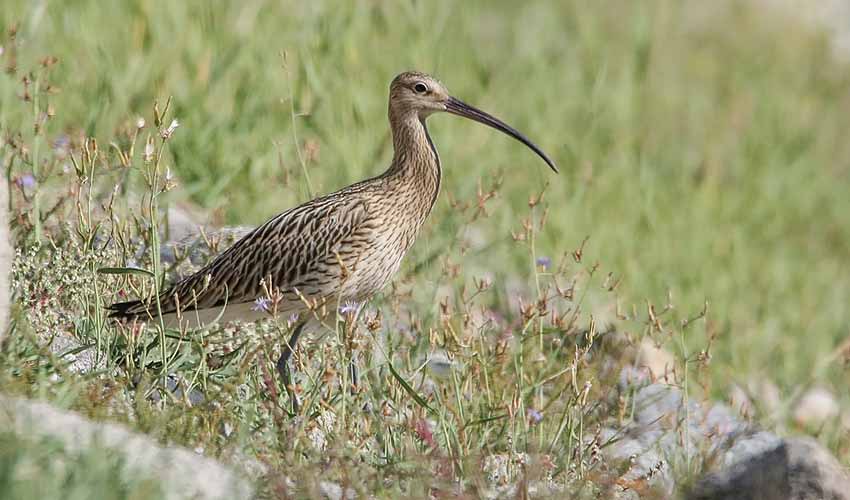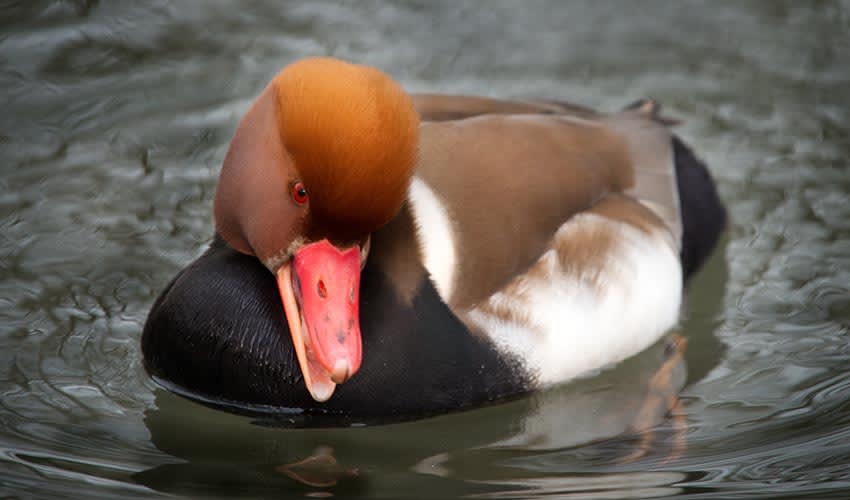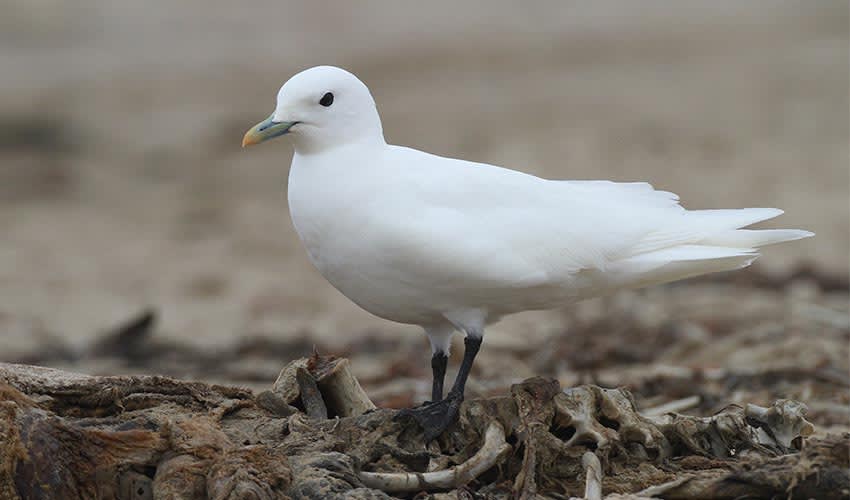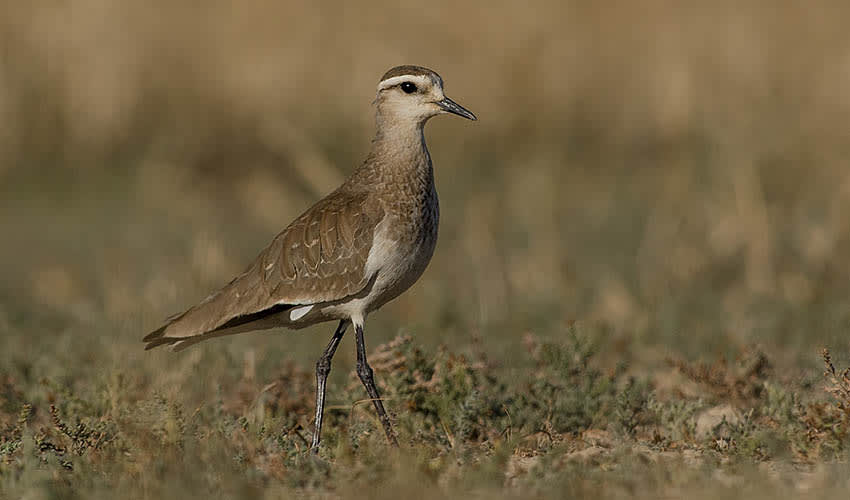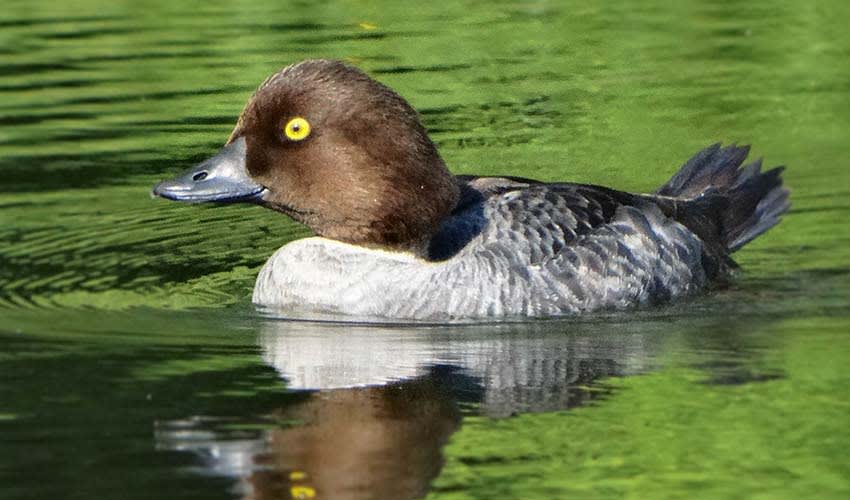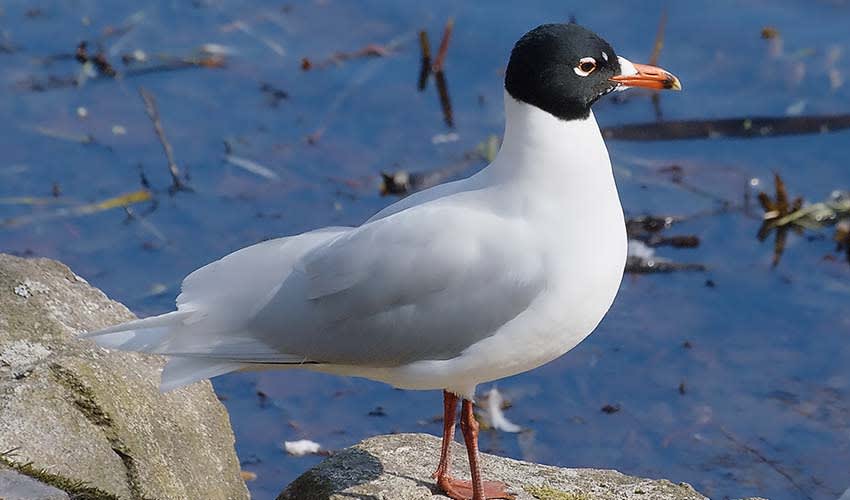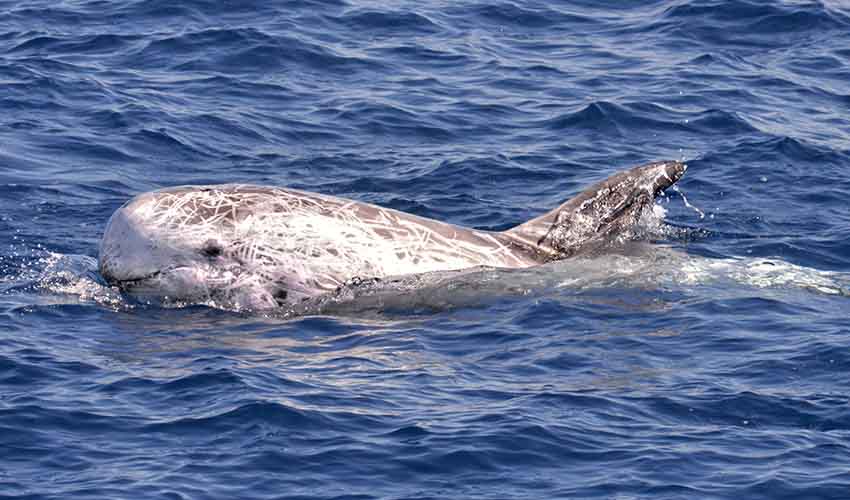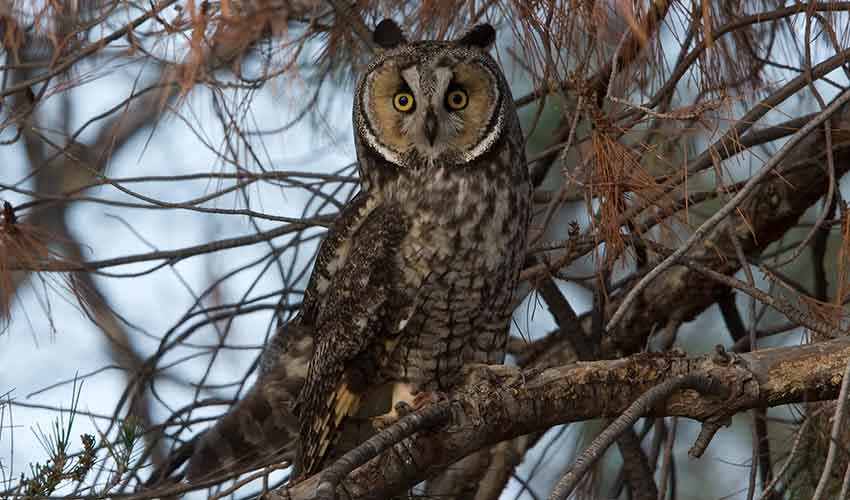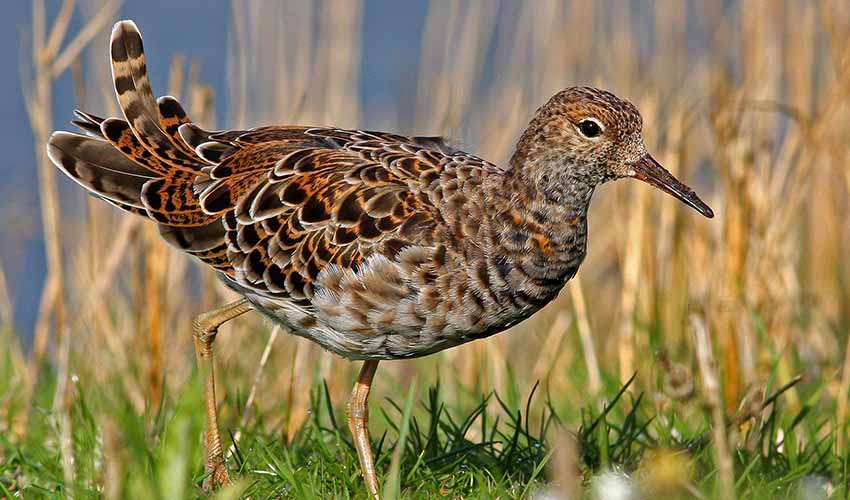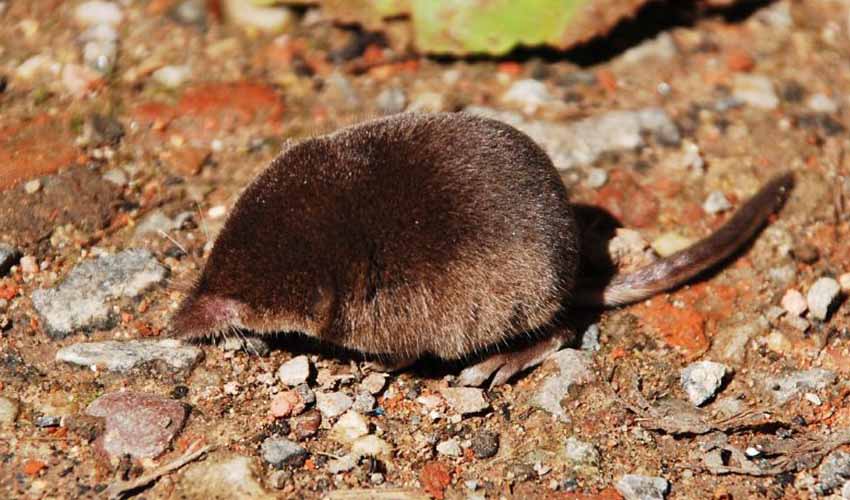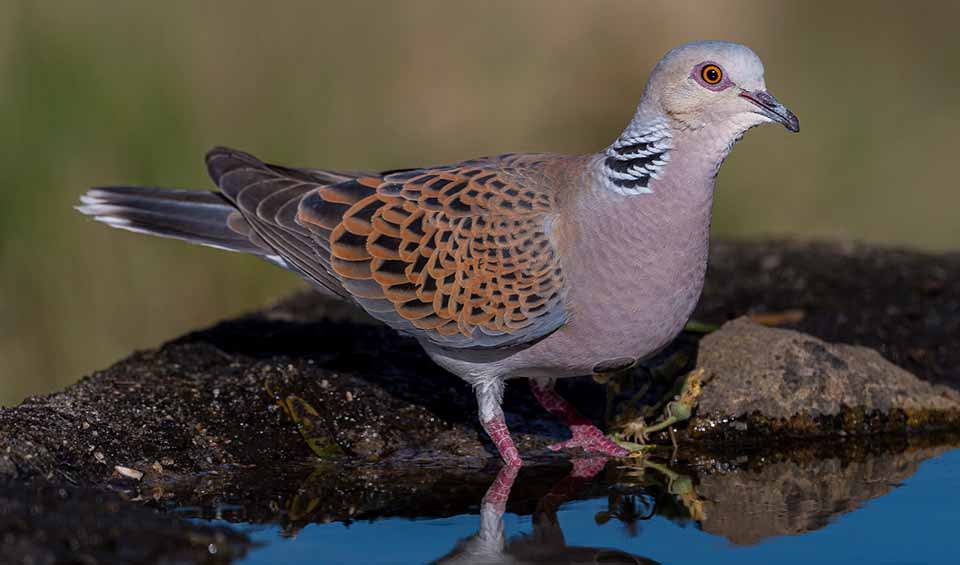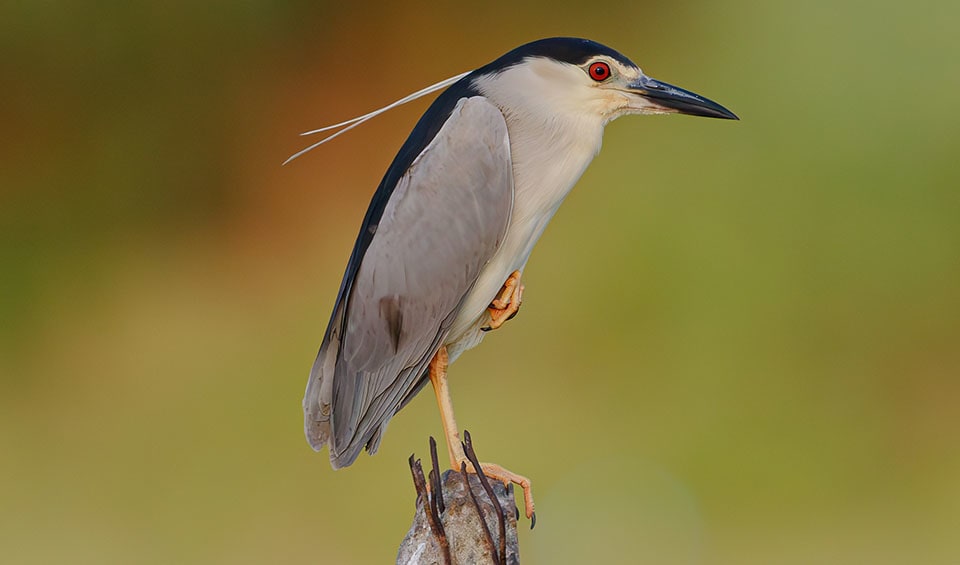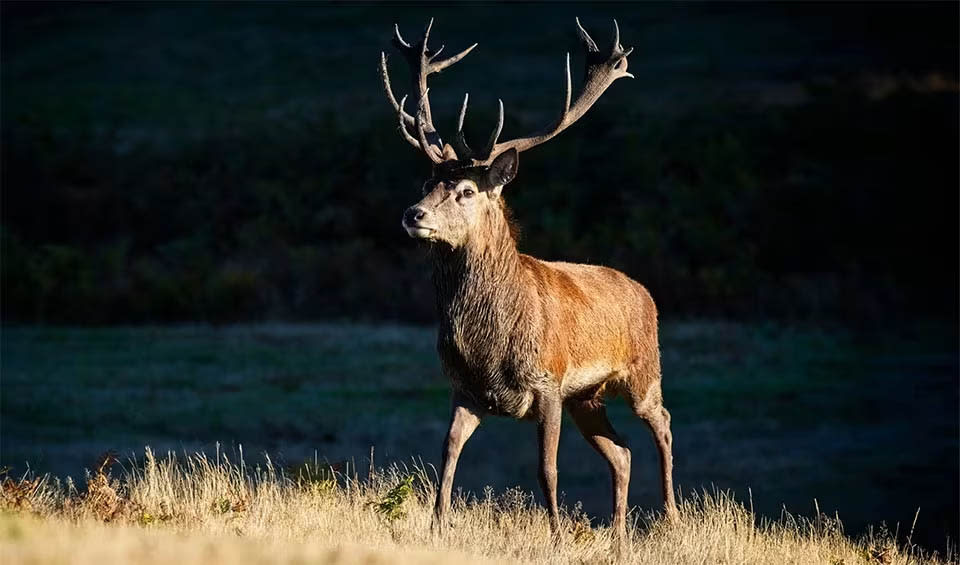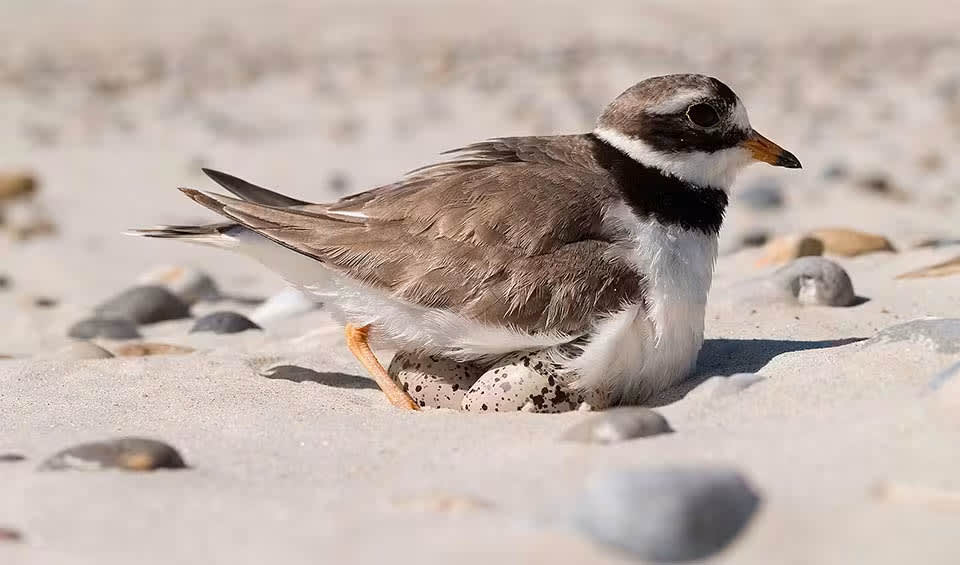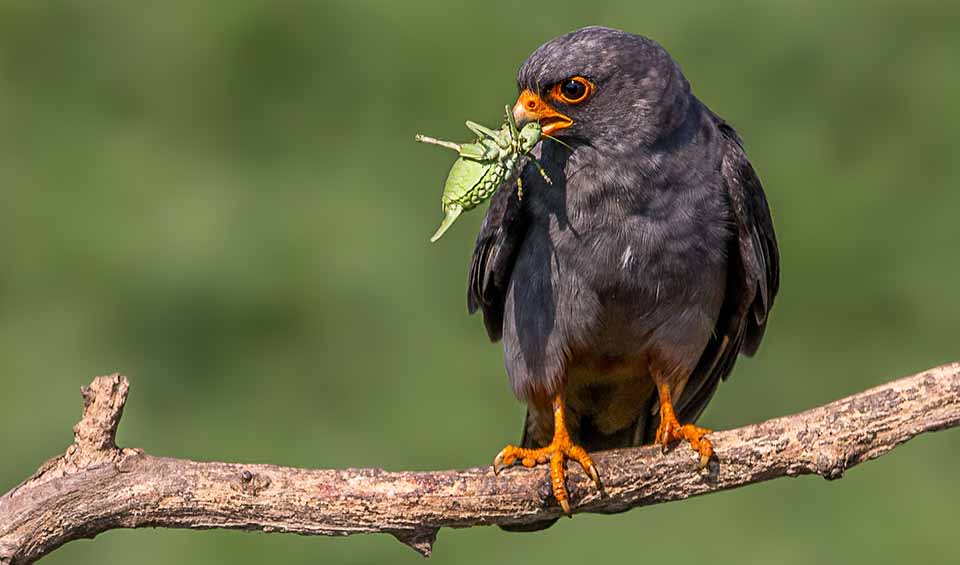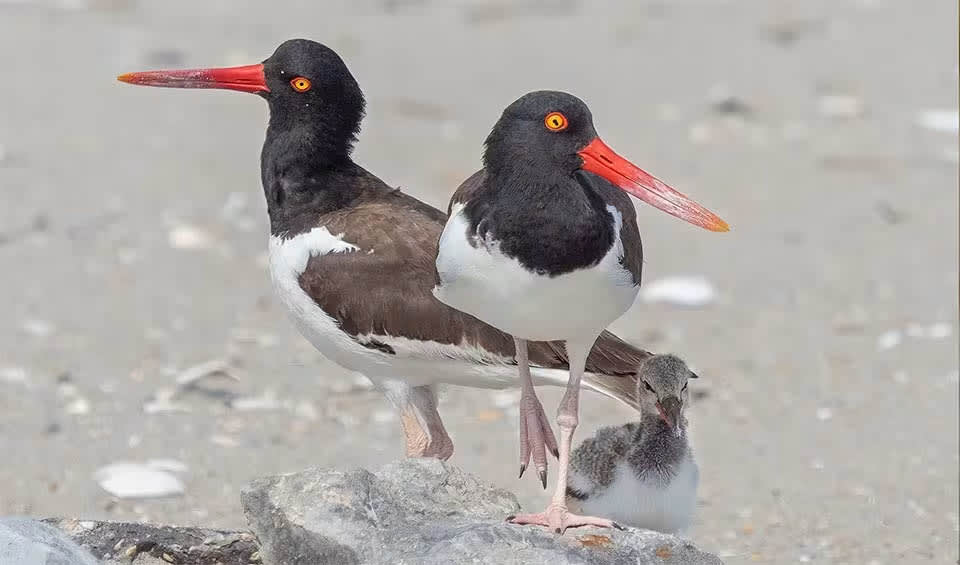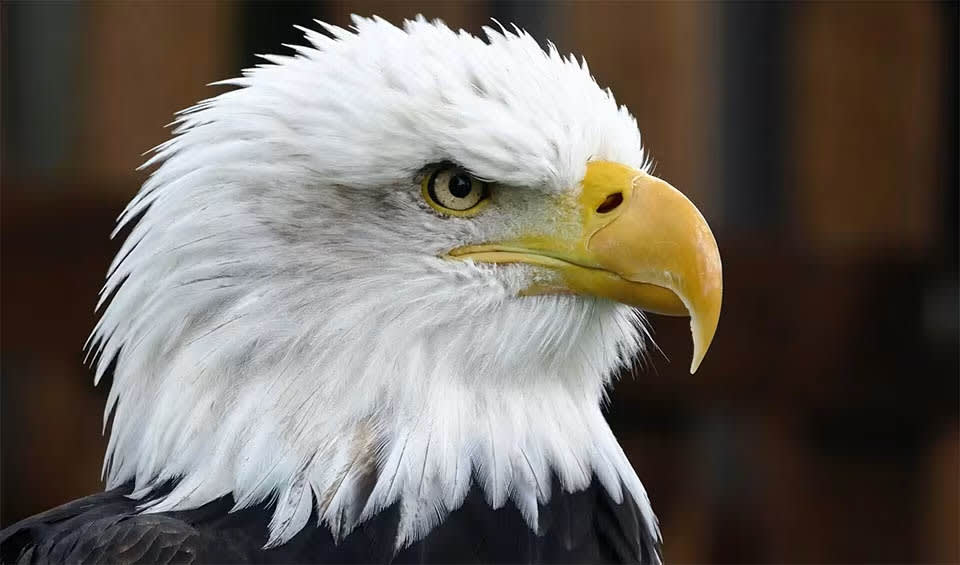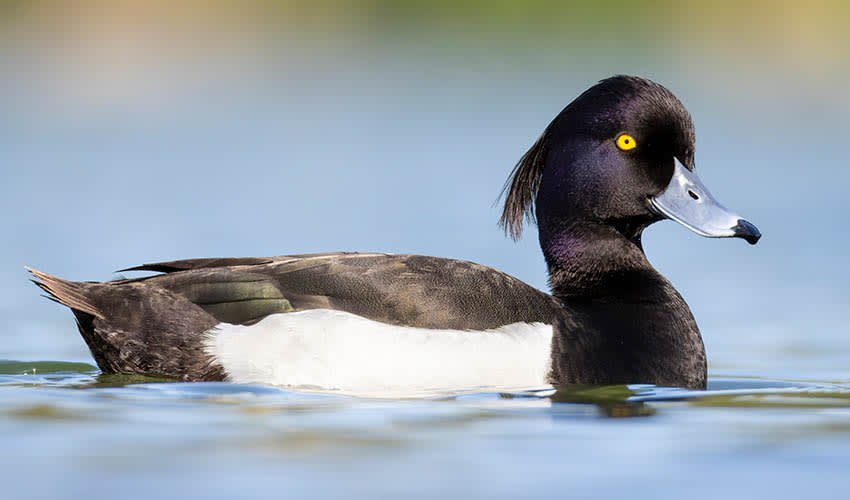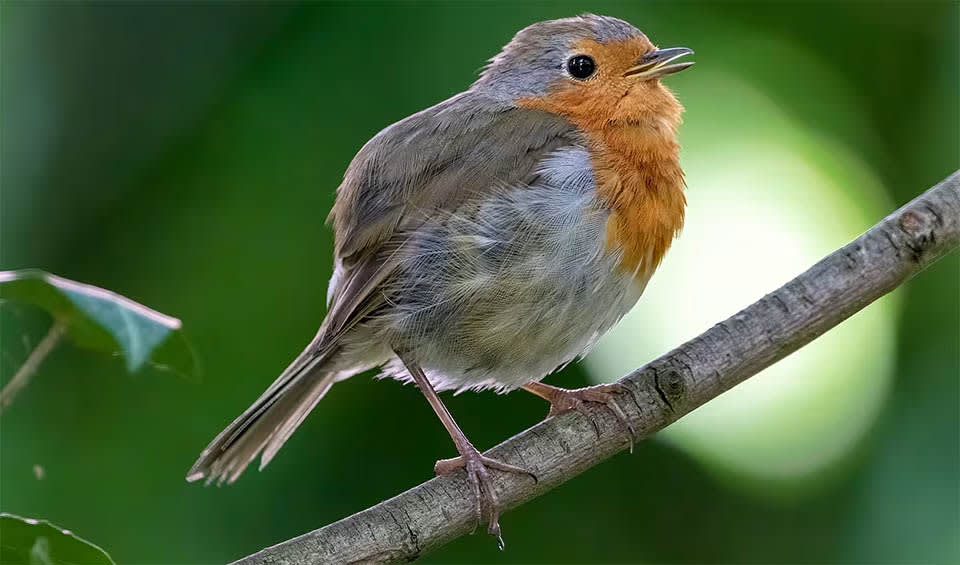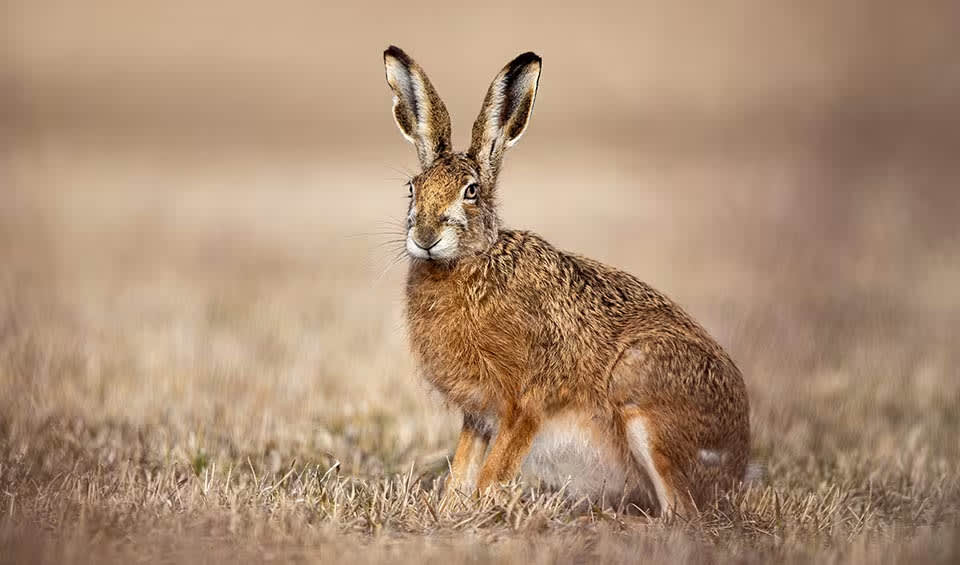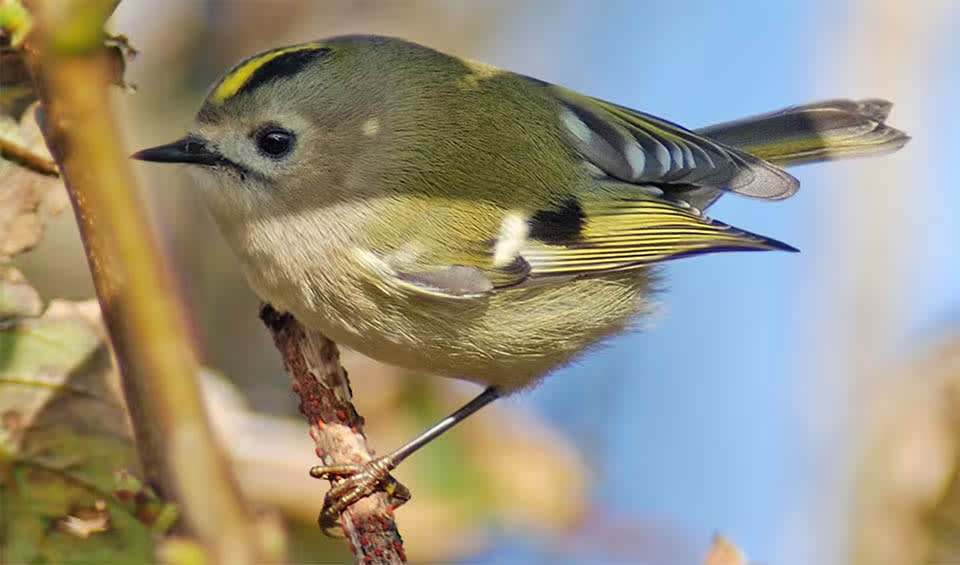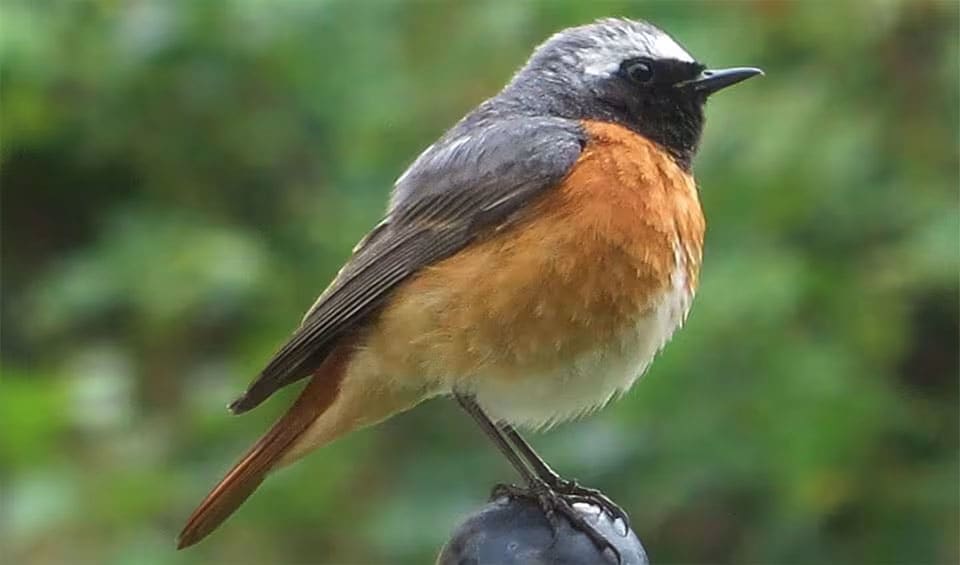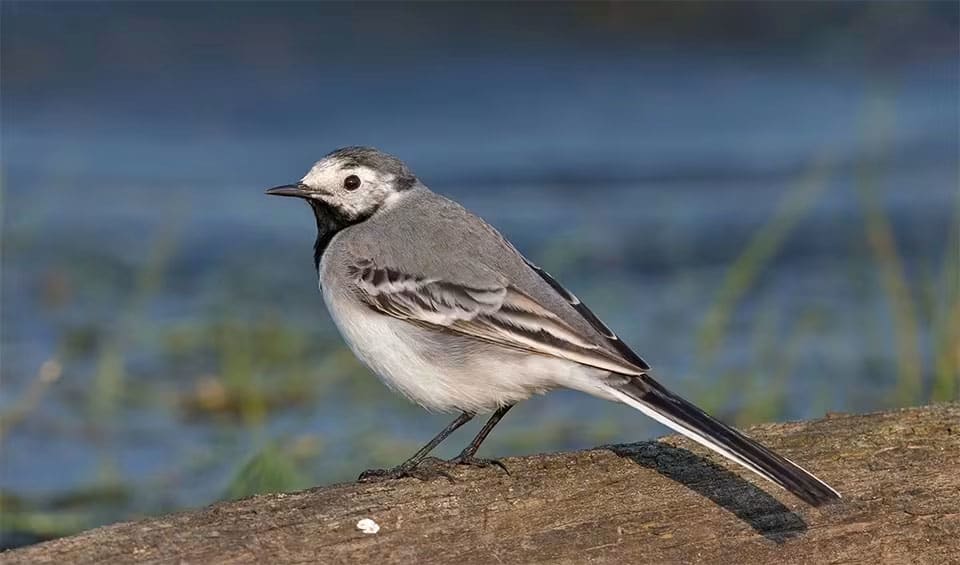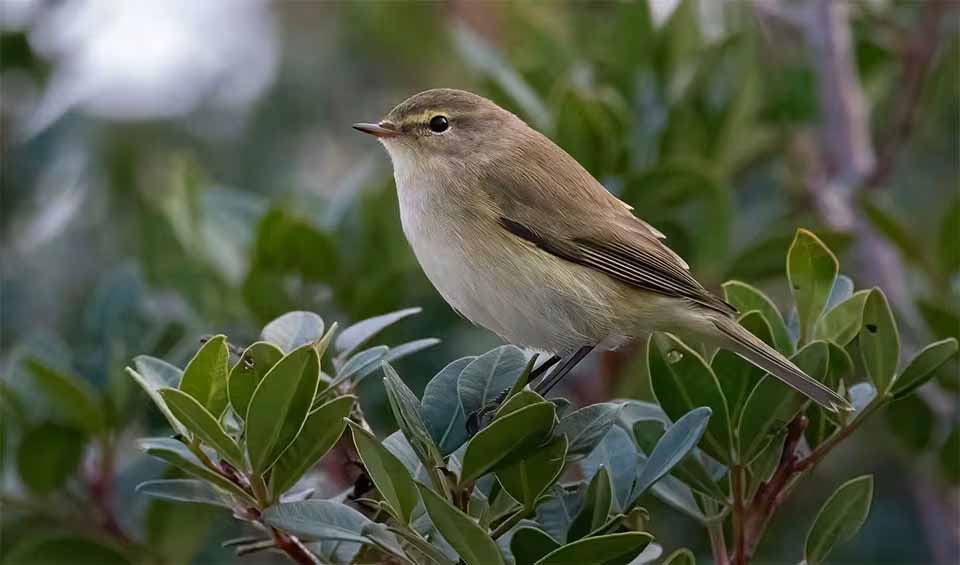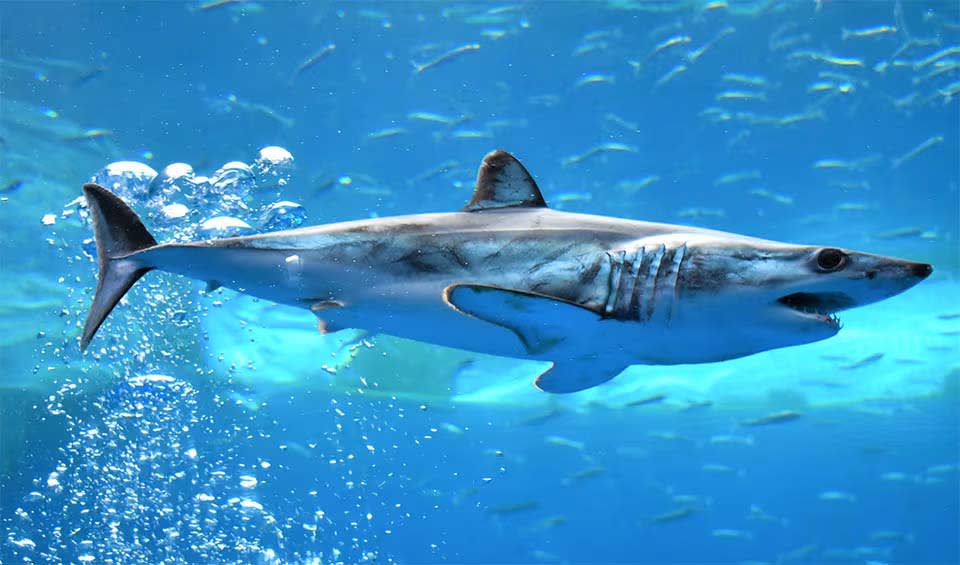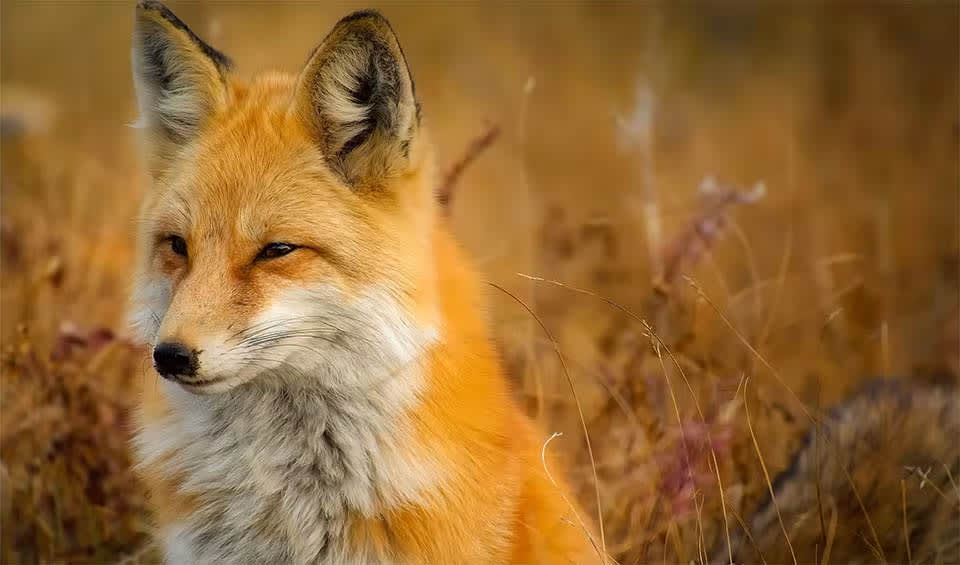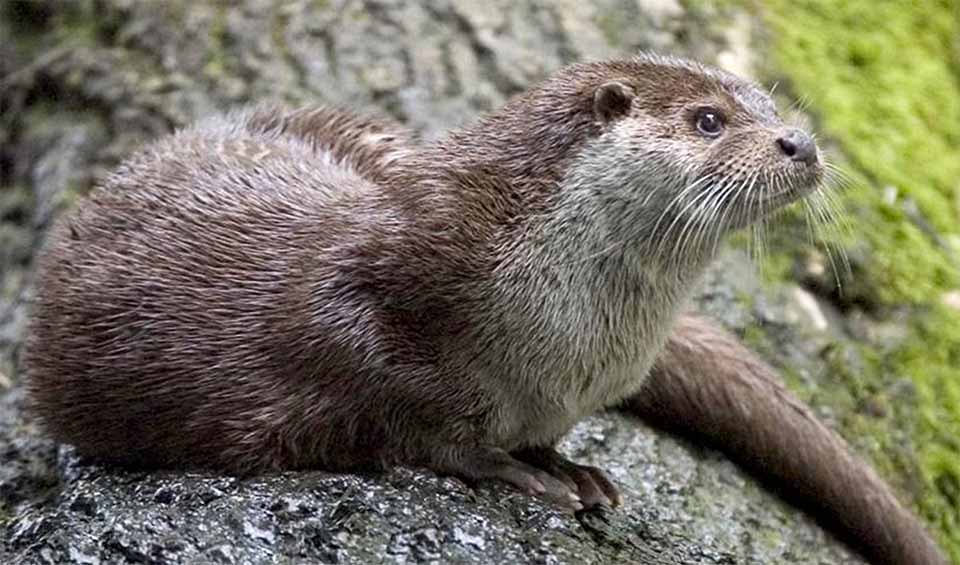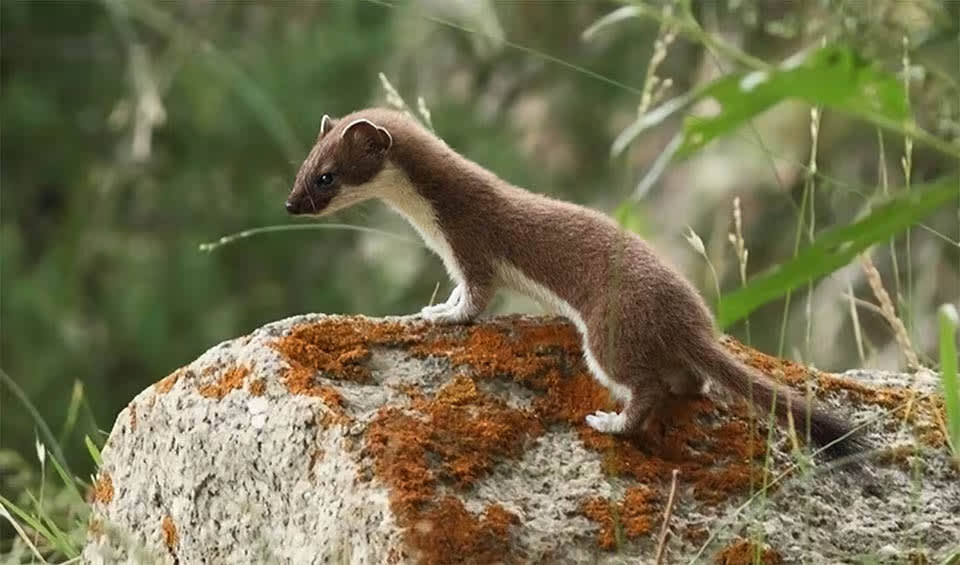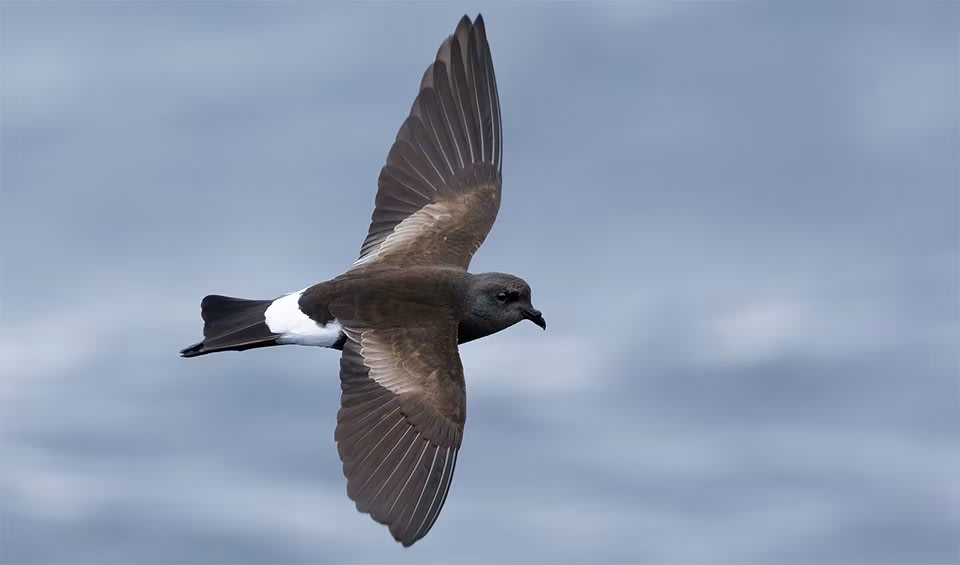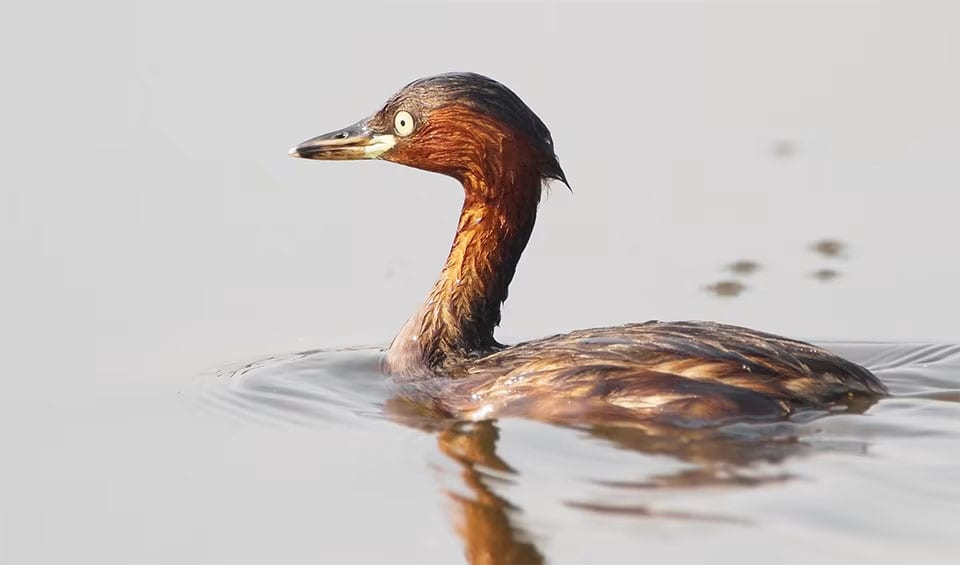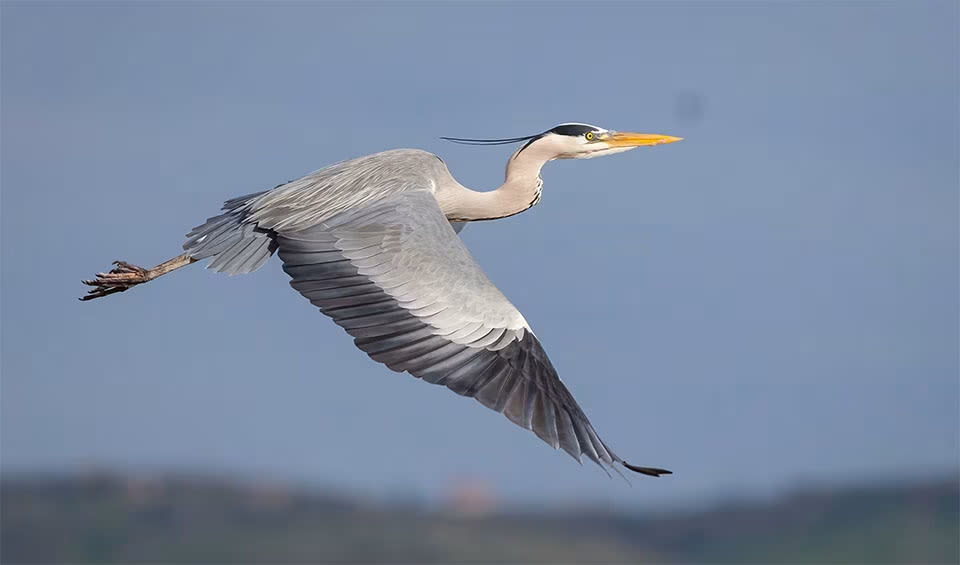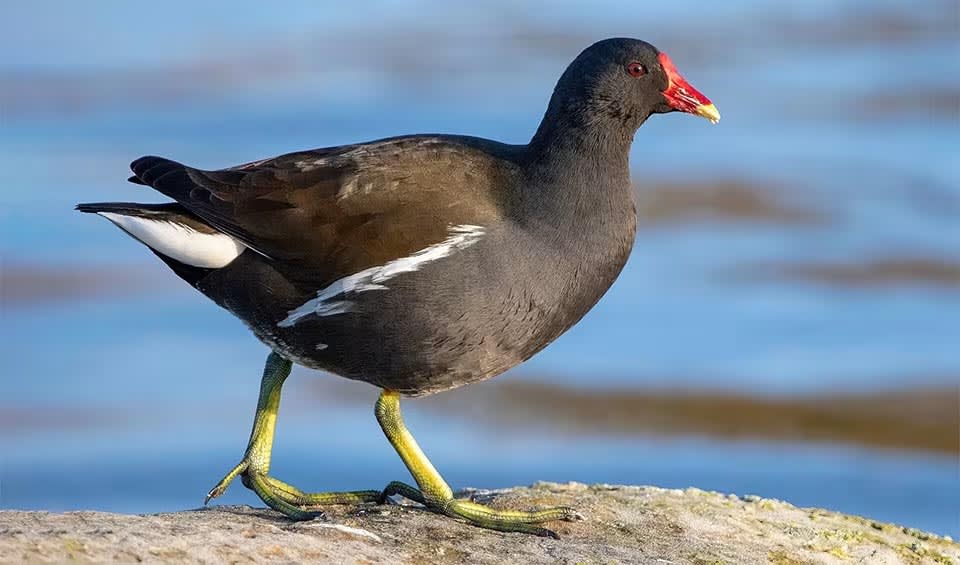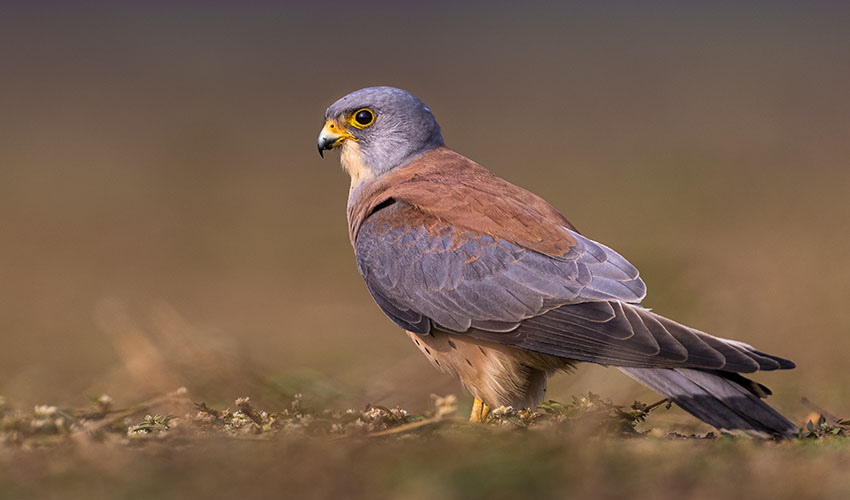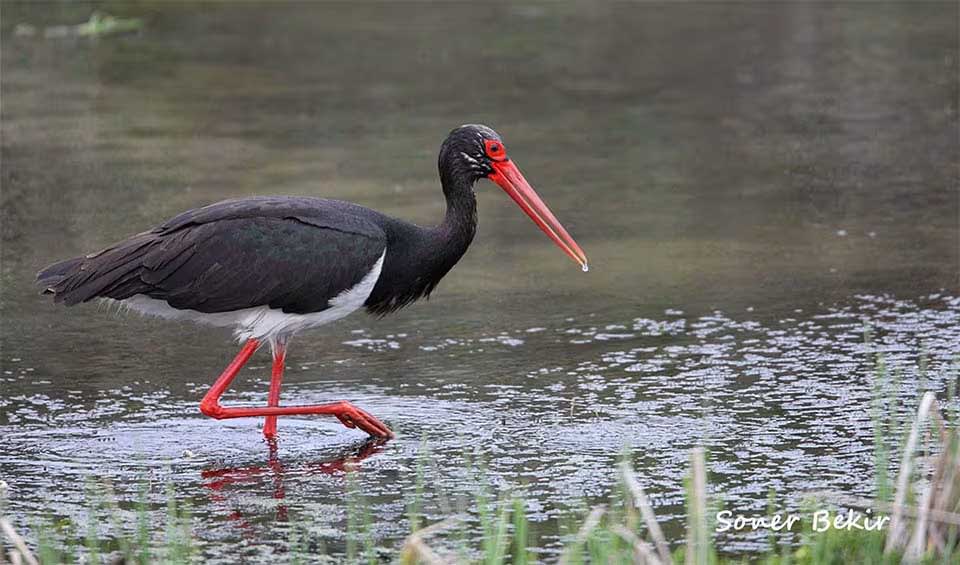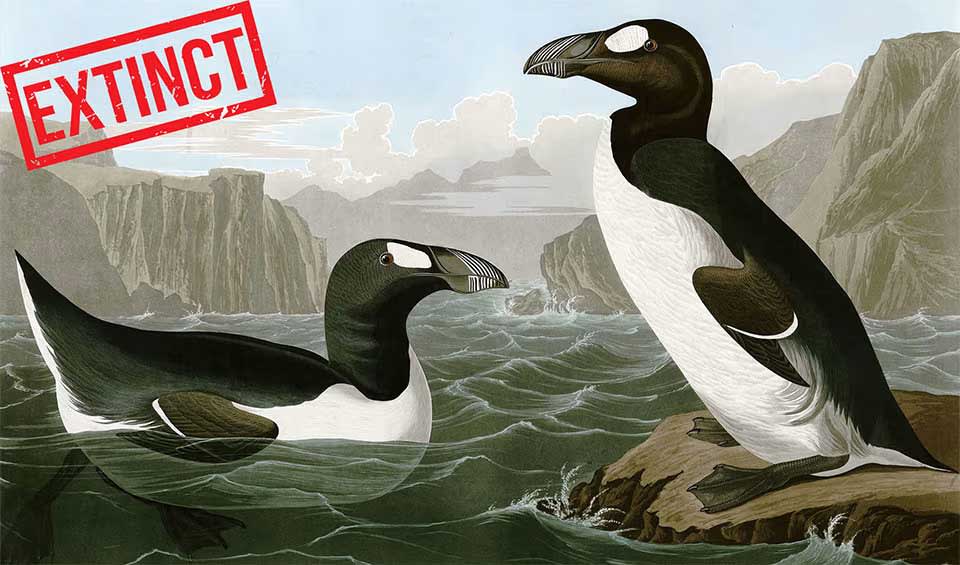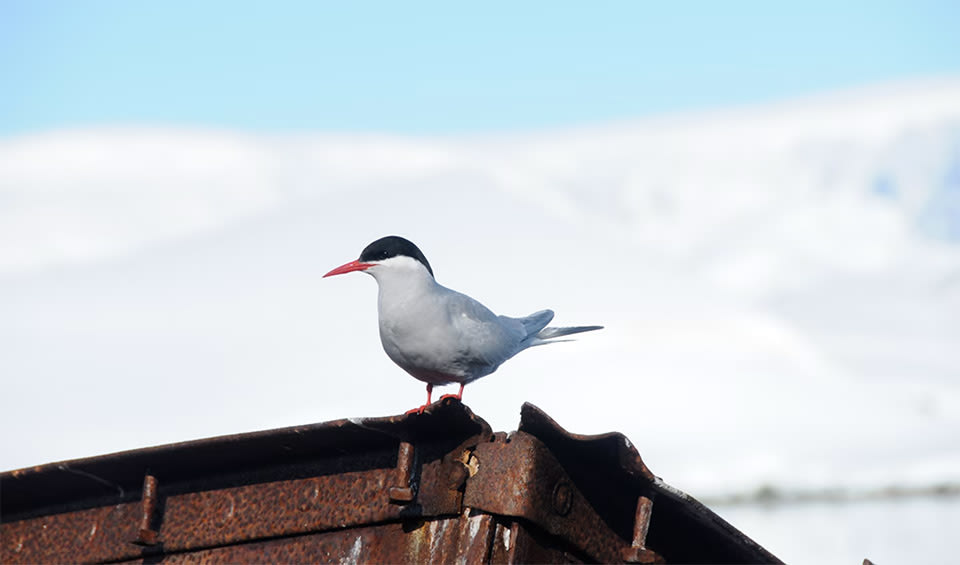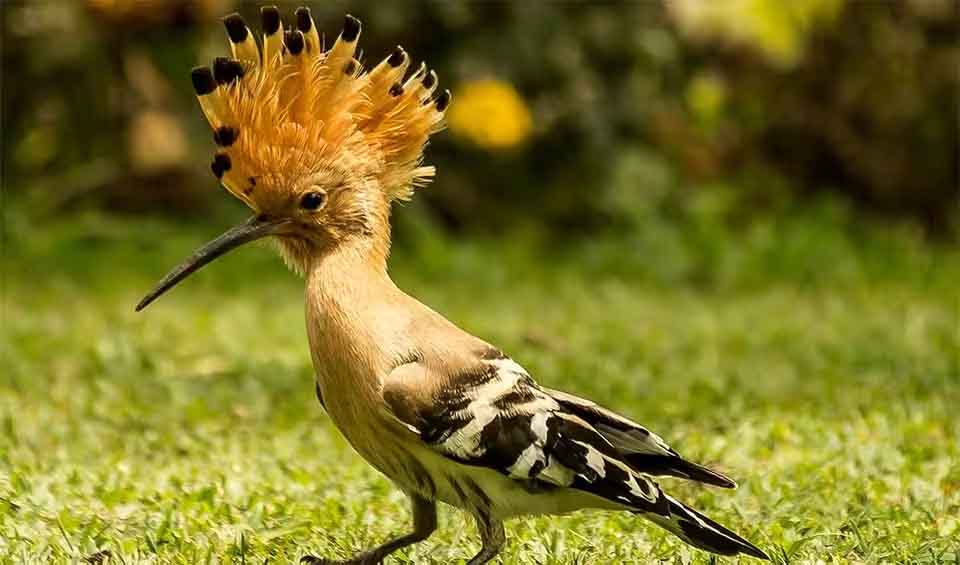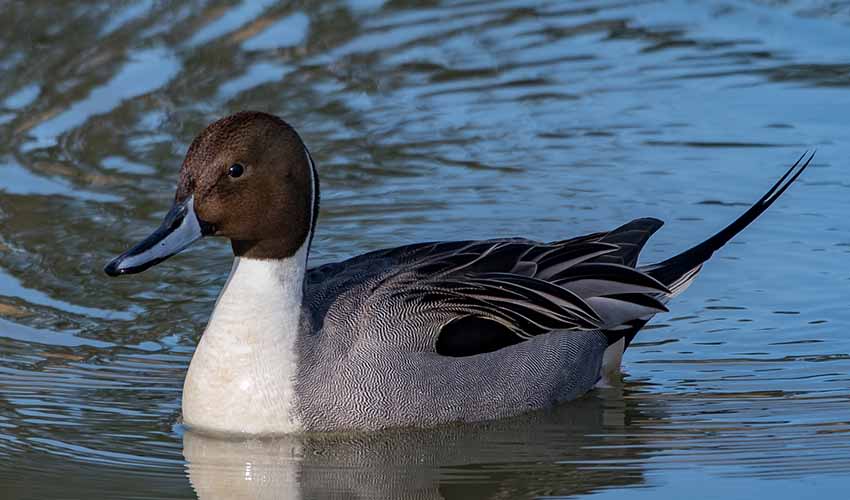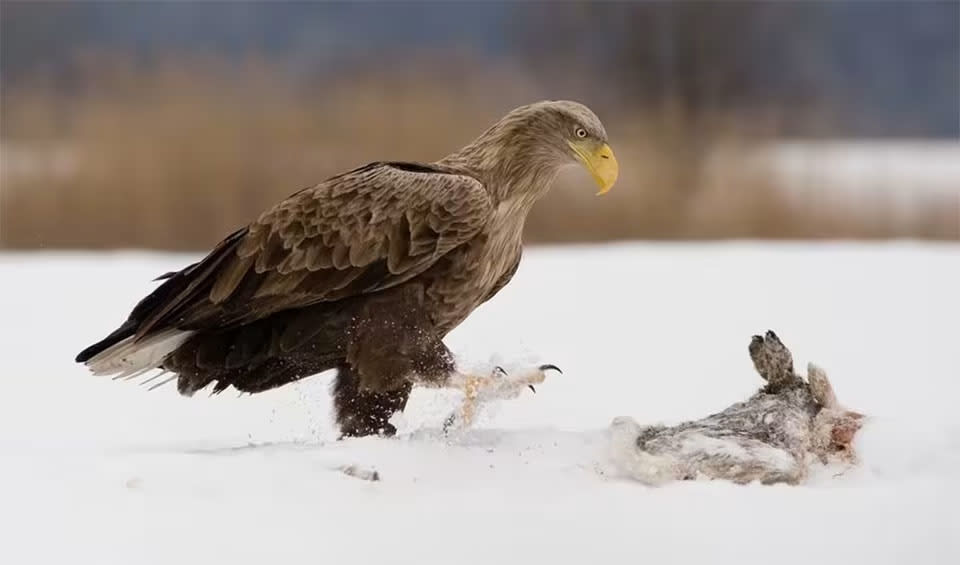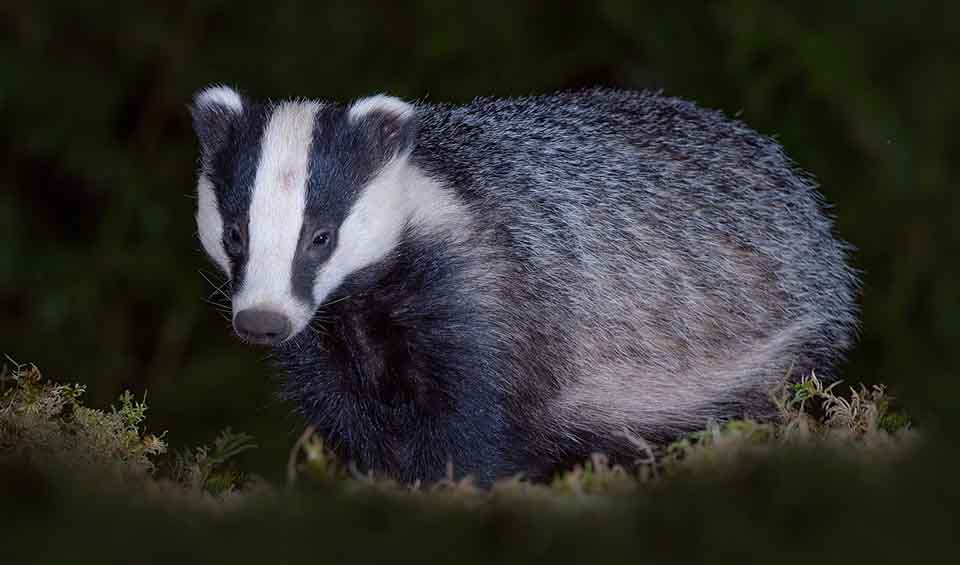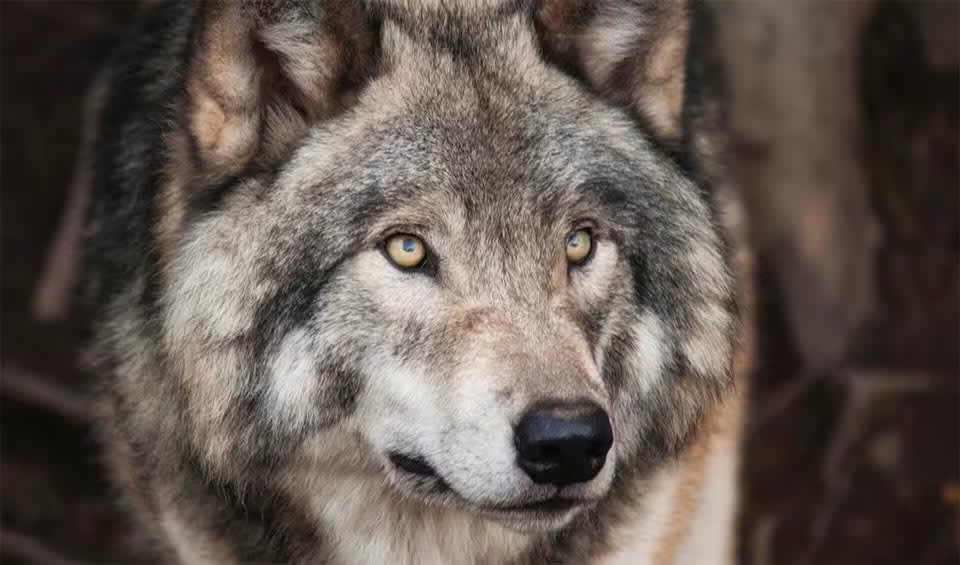Search for Ireland
Balearic shearwater
Skim so close to the water that they look like they’re slicing the air right above the waves
Little auk
One of the most numerous seabirds in the North Atlantic, with huge colonies in the High Arctic
Grey plover
Can be black, can be grey but it’s the same bird
Yellow-billed loon
Preferred deep, cold lakes on the high Arctic tundra, far away from people and noise
Bar-tailed godwit
Has one of the longest nonstop flights ever recorded for any bird
Eskimo curlew
Once a sky-filling spectacle—today, most of what we have are museum skins and stories
Long-tailed duck
One of the deepest-diving ducks
Eurasian curlew
Has the longest bill of any wading bird
Barnacle goose
Because no one saw them nest locally, they assumed they grew like shellfish!
Red-crested pochard
On busy lakes, they often feed more at night, quietly cruising around to forage while everything else has calmed down
Common shelduck
It’s technically a duck, but it’s big, upright, and long-legged enough that it often looks like a small goose
King eider
Honestly looks like a character from an animated movie!
Ivory gull
Often follow predators around, swooping in to feed on leftovers from seal and whale kills—plus seal placentas and even poop
Sociable lapwing
Often stop to feed in freshly plowed fields, taking advantage of insects disturbed by farming machinery
Common goldeneye
Crisp-feathered, fast-flying, and fearless in icy waters
Eurasian bittern
Its boom has been compared to blowing across the top of a giant bottle — a sound low enough to feel in your chest on still mornings
Indigo bunting
Under certain angles, the feathers can look almost black
Greater spotted eagle
More active on overcast or slightly rainy days, when amphibians are abundant and easier to catch
Northern gannet
Superb gliders and can travel hundreds of kilometers in a day, riding winds with barely a wingbeat
Mediterranean gull
Increasingly seen breeding at inland fishponds, reservoirs, and reclaimed wetlands, not just coastal areas
Caspian tern
A heavyweight champ — elegant, yes, but you don’t want to mess with that beak
Striped dolphin
Among the most athletic dolphins, known for their spectacular leaps and spins that can reach several meters high
Risso’s dolphin
Sometimes called the “scars in the water” thanks to their many white markings
Bearded reedling
It’s actually moustached, not bearded!
European shag
One of the few cormorants adapted strictly to marine life, rarely venturing inland except during severe storms
American redstart
One of the most admired warblers across the continent
Long-eared owl
Its flight is nearly soundless, thanks to specially fringed wing feathers that disrupt air turbulence
Short-eared owl
Defies the usual “creature of the night” stereotype by thriving in open landscapes and often hunting boldly in daylight
Western barbastelle
So specialized in moth hunting that they have been called the “ghosts of the forest”
American mink
Part hunter, part opportunist, part invader
Razorbill
Spend most of the year out on the open ocean, far from land, only returning to cliffs to breed
Sand martin
A bird that carries the rhythms of the seasons on its wings
Carrion crow
Observed using sticks as tools to extract insects from crevices—something once thought to be exclusive to primates
Rook
Known for their intelligence—can use tools, solve problems, and even recognize human faces
Little bustard
Only when cornered will it burst into flight, usually low and fast, showing its striking white wing patches
Red knot
In winter, they’re plain grey and white, but in the Arctic summer, they turn into a glowing rusty red
Ruff
Looks ordinary—but transforms into one of the most extravagant birds during breeding season
Lesser white-fronted goose
One of the smallest wild geese in the Northern Hemisphere, only a bit bigger than a mallard
Northern bottlenose whale
Despite the name, it’s a beaked whale—not the famous bottlenose dolphin
Brown rat
Can squeeze through shockingly small gaps if their head fits
Eurasian pygmy shrew
One of the smallest mammals in the world, and yet it lives one of the most intense lives
Atlantic salmon
Travels with nature’s GPS: a magnetic compass and a nose that never forgets home
Grey seal
Researchers once mistook their eerie underwater noises for a submarine!
Snowy owl
There is more to this species than its majestic coat of thick white feathers and piercing yellow eyes
Ruddy shelduck
Has the body of a duck, neck of a goose, and voice of a goose having a bad day
Ruddy turnstone
They flip the script — literally!
European turtle dove
The only long-distance migratory dove in Europe
Wood pigeon
Timid by nature, often flying off at the slightest sign of danger
Black-crowned night heron
One of the most widespread and adaptable herons in the world
Redwing
In Iceland, its arrival is eagerly awaited as it signifies the end of the harsh winter
American robin
Their shape and style are closer to forest thrushes—just way more comfortable around people
European herring gull
Famous for stealing chips, sandwiches, and even ice cream right out of people’s hands
Red deer
Not only one of the largest deer species but also among the most majestic
Sika deer
Introduced to many other parts of the world where some populations have become invasive
Laughing gull
Once you’ve heard them laugh, it’s hard to forget!
Royal tern
These birds ride ocean breezes for miles without flapping much at all
Common ringed plover
This bird taps its feet to imitate rain to make the prey reach the surface
Fea’s petrel
People rarely see it clearly because it spends so much time far offshore
Red-footed falcon
Their favorite snack? Large insects like locusts and dragonflies
European hedgehog
The gardener’s best friend, as they will eat up insect pests crawling in the vegetable beds
Little tern
Renowned for their spectacular aerial displays during courtship, including steep dives and intricate flight patterns
Common blackbird
Arguably among the most beautiful songbirds in the world — they enjoy singing after a rain shower
Common crane
The flocks of this social and gregarious bird are fond of migration, flying over the horizon and creating a V-shaped formation
Goosander
Its long, serrated beak, often called a “sawbill,” is perfectly adapted for catching slippery prey like fish
Common frog
It is one of the most widespread and familiar amphibians in Europe
Eurasian oystercatcher
The masters of catching oysters, clams, and cockles
European starling
Brilliant mimics, they can copy bird calls and even human-made sounds like car alarms and ringing phones!
Black guillemot
Can withstand harsh winter conditions, often remaining at sea even when the water is frozen
European pine marten
Sometimes called the “squirrels of the weasel family” due to their impressive arboreal abilities
Black-necked grebe
Unlike many birds, their chicks can swim and dive just hours after hatching
Bald eagle
The magnificent national bird of the United States, distinguished by a snowy white head, neck, and tail
European goldfinch
Can hang upside down while feeding!
Red-rumped swallow
Amazing flyers — they can even drink water while they’re flying!
Common pochard
Can dive down to the bottom of a lake and rest there, safe from predators!
Eurasian skylark
They might not look like much, but they have an incredible talent: singing!
Tufted duck
Sometimes mistaken for the North American ring-necked duck — but the tuft gives them away immediately
European Robin
Can be quite friendly and will often come close to humans, especially if they’re offered food
Hooded seal
Only males possess a unique, inflatable, balloon-like nose that they can inflate into a large red shape
European hare
Unlike rabbits, they don’t live in burrows, instead, they make shallow nests in the grass called forms
Goldcrest
A tiny bird, one of the smallest in fact!
Barn swallow
Most common and widely distributed swallow globally
Northern lapwing
Very active and noisy, with a loud, piercing call that sounds like “pee-wit”
Common nightingale
Often called the “singer of the night,” it produces a complex and beautiful melody that has captivated people for centuries
Lesser grey shrike
Have been observed remembering the locations of their impaled prey and even using tools to help them catch food
Natterjack toad
Instead of hopping like other toads, they have a funny little walk, almost like they’re running!
Common bottlenose dolphin
Known for their acrobatic leaps, twisting and turning gracefully as they jump completely out of the water
Mute swan
Known for their graceful movements and the distinctive “S” shape of their neck
Mountain hare
Can switch from winter white to summer grey – truly a nature’s savvy survivors!
European rabbit
They spread faster than any other colonizing mammal in the world
Wood mouse
Often lives close to humans and is sometimes seen as a pest
Whooper swan
Very loyal partners! Once they find a mate, they usually stay together for life
Water buffalo
The “living tractors of the East”—vital in traditional agriculture, particularly in Asia
White-throated dipper
Can walk along the riverbed using its wings to stabilize itself against the current
Smooth newt
They have the ability to regenerate lost limbs and other body parts, a superpower in the animal kingdom!
Common pheasant
One of the most hunted, widespread, ancient, and well-known game birds
Sandhill crane
Known for their elaborate courtship dances, which involve leaping, bowing and trumpeting
Little egret
During breeding, they transform with elegant white plumage, adorned by decorative plumes on the head, neck, and back
Eurasian blackcap
The males, in particular, produce a rich and intricate song that contributes to their charm
Common redstart
They consistently display a restless demeanor and exhibit a distinctive, tail-trembling behavior
White wagtail
Holds cultural symbolism in some societies, representing good luck
Eurasian kestrel
Adaptable raptor known for its hovering hunting technique and striking appearance
Common chiffchaff
Their migratory behavior is often linked to the availability of insects for food
Shortfin mako shark
Speed and power embodied, they rule the seas with their sleek bodies and jaw-dropping leaping prowess
Basking shark
Majestic giants of the sea, they peacefully glide through the ocean with mouths agape, filtering the waters for sustenance
Kemps ridley sea turtle
Meet the smallest and rarest sea turtle in the world
Red fox
Ladies and gentlemen, please welcome the world’s most widely distributed carnivore!
Common kingfisher
Possessed with special visual adaptations to catch fish
Eurasian otter
Fiercely territorial, marking their territory with scent to communicate with other otters
Red squirrel
Many of the trees in European forests today owe their existence to forgotten nuts buried by them
Stoat
A small, fierce predator known for its agility, hunting skills, and color-changing fur
Great cormorant
Due to their adaptability and willingness to migrate to more favorable habitats, great cormorants are found worldwide
Little owl
Aptly named after the goddesses of wisdom and war, little owls have lived alongside human civilizations since 500 BC
Wilsons storm petrel
This species is found in all world oceans except the north Pacific Ocean
Manx shearwater
Impressive flights but clumsy walking on the ground are observed in these birds due to awkward legs
Little grebe
This cute and small bird is one of the most elite hunters below the water’s surface
Eurasian spoonbill
This bird is unmistakable for its namesake, spoon-shaped bill
Glossy ibis
These birds seem to have lost their way to the beauty pageant
Gray heron
Exhibit powerful flight, with distinctive slow wing beats and an extended neck, defining features during their aerial movements
Purple heron
Its neck is insanely long and super flexible, giving it a slinky, snake-like appearance when it hunts
Great tit
The songbird that occasionally eats bats
House sparrow
The most widely dispersed wild bird
Eurasian coot
Like those bulging red eyes weren’t scary enough, they eat their innocent chicks when hungry
Common moorhen
Living around smelly brackish marshes is unthinkable, but these birds love their isolated habitat or don’t have a sense of smell
Arctic loon
The most numerous wild bird species in the world
Willow ptarmigan
Most common of the Galliformes in the wild habituating subarctic Tundra can tolerate brutally cold winters
Red-throated loon
One of the earliest waterbirds to begin nesting in the Arctic spring, sometimes before ice fully melts
Gyrfalcon
Largest of falcons: can grow up to 60cm (2 ft) in height
Lesser kestrel
Rather than hovering constantly, they often glide and make short flutters to conserve energy in open landscapes
Merlin
The pocket-sized falcon with an eagle’s attitude
Black stork
The stork with the widest geographic range
White stork
The folktale bird that brings the babies!
Black-winged stilt
Elegant long-legged wader, common almost worldwide
Eurasian stone-curlew
One of the bigger waders with a reptilian eye
Great skua
Jack Sparrow of the bird kingdom
Common murre
The penguins that can fly
Great auk
Last of these beautifully glossy, black and white birds were hunted in 1844 off the coast of Iceland
Atlantic puffin
This incredible bird can hold up to 30 fish in its beak at once
Arctic tern
This bird can give any cross-country runner a run for their money
Common tern
This bird holds the record of the longest distance flown by any bird in recorded history
American black duck
Looks a lot like a Mallard but turned way darker
Common swift
These enthusiastic travelers can be seen almost worldwide in different seasons
Eurasian hoopoe
Dependable wings and a muscular build. Nope, we aren’t talking about the next Redbull ad campaign
Mallard
This invasive species is the ancestor to most of the modern ducks
Northern pintail
Have been recorded at altitudes over 16,000 feet during migration—almost as high as small airplanes!
White-tailed eagle
Extinct and reintroduced – What’s the story behind these so-called ‘flying barn doors’?
Golden eagle
This majestic brown raptor is most widely distributed eagle species
Western marsh harrier
The yellow-eyed devil
Eurasian sparrowhawk
Better call the ambulance before the Sparrowhawk comes to devour all those who are injured
Common buzzard
They eat just about everything — rabbits, rodents, birds, carrion, earthworms, insects… even beetles get a look-in
Osprey
One of only six land-birds with a cosmopolitan distribution habituating all continents except Antarctica
Eurasian Griffon
Most social vultures with 12 distinct types of vocalization
Harbor seal
Slows the heartbeat from 80 bpm to 3-4 bpm before a deep dive; quickly accelerates after surfacing
Walrus
Tusked marine mammals heralding climate emergency!
Beluga
Known as the “canaries of the sea,” due to their wide range of sounds
Bowhead whale
They hold the title of heaviest animals, weighing about 100,000 kg
North Atlantic right whale
Believed to be only seen by scientists for 50 hours in the last 50 years
European badger
One of the only predators of hedgehogs, thanks to their thick skin and long claws to get past the vicious spines
Wolf
The howl of each wolf is different
Wild boar
They have an elongated and elastic snout that can be used to dig out roots and bulbs
Leatherback sea turtle
The mysterious diver of the ocean is the largest and only sea turtle without a hard shell and scales
Green sea turtle
Largest hard-shelled sea turtle on earth
Viviparous lizard
One of the few reptiles that can not only lay eggs but also give birth to live young







